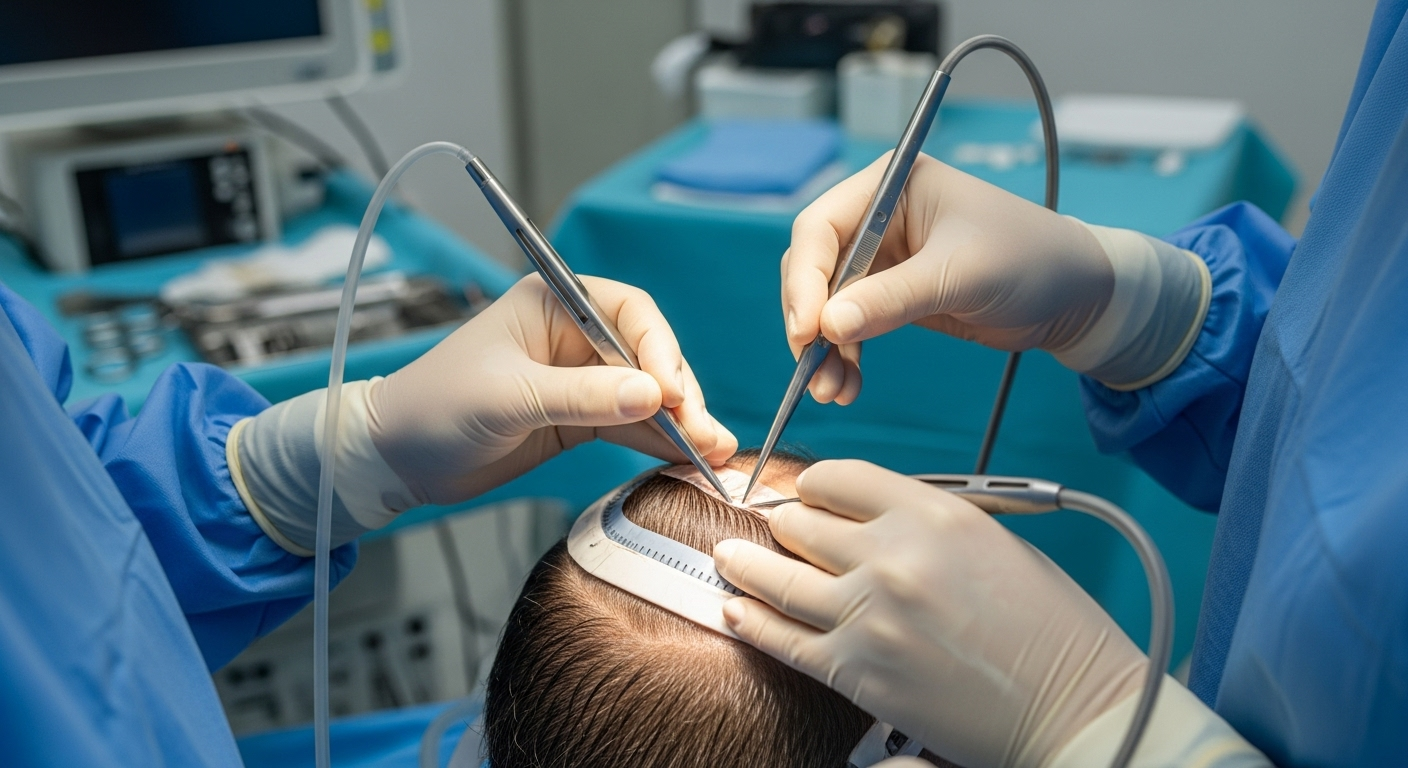Rhinoplasty Explained: How Nose Surgery Changes Look & Function
Rhinoplasty, or a "nose job," reshapes the nose to improve appearance and breathing. This guide explains how surgeons alter bone and cartilage, why people choose rhinoplasty (cosmetic tweaks, breathing problems, trauma, congenital issues, or revisions), what recovery typically involves, potential complications, and cost considerations to help you make an informed decision.

Rhinoplasty is a surgical procedure that modifies the nose’s shape and internal structure to improve aesthetics, restore function, or both. Surgeons work on the bone and cartilage framework, sometimes adding grafts or implants, to change the bridge, refine the tip, narrow or widen the nostrils, or correct internal obstructions. Depending on the complexity, a rhinoplasty usually lasts between one and three hours.
What rhinoplasty involves
During the operation, the surgeon exposes the nasal skeleton and sculpts the underlying bone and cartilage. Techniques vary: an open rhinoplasty uses a small external incision across the columella for maximum visibility, while a closed approach places all incisions inside the nostrils to minimize visible scarring. Common maneuvers include removing or reshaping bone and cartilage, repositioning structures, using grafts to support or augment areas, and suturing to refine contours. The goal is to harmonize the nose with the rest of the face while preserving — or improving — nasal breathing.
Why people choose nose surgery
Patients pursue rhinoplasty for many reasons, which typically fall into cosmetic and functional categories:
- Cosmetic refinement: Addressing a dorsal hump, a bulbous or drooping tip, asymmetry, or a nose perceived as disproportionate to facial features.
- Breathing problems: Correcting a deviated septum, enlarged turbinates, or other structural issues that impede airflow and cause chronic nasal obstruction.
- Trauma repair: Restoring appearance and function after injuries from accidents or sports.
- Congenital issues: Fixing birth-related deformities that affect looks or breathing.
- Revision procedures: Improving or correcting outcomes from a prior rhinoplasty when the patient or surgeon is dissatisfied with the result.
Each patient’s priorities are different; a thorough consultation helps define realistic goals and treatment plans tailored to facial proportions and nasal anatomy.
Choosing the right surgeon
Selecting a skilled surgeon is essential for predictable results and fewer complications. Consider these points:
- Board certification: Ensure the surgeon is board-certified in plastic surgery or otolaryngology (ENT) to confirm specialized training and standards of care.
- Experience and focus: Surgeons who perform rhinoplasty regularly — or who specialize in nasal surgery — develop refined techniques for complex cases.
- Before-and-after photos: Reviewing a surgeon’s portfolio shows their aesthetic tendencies and consistency of outcomes.
- Patient feedback: Testimonials and reviews can reveal information about communication, follow-up care, and patient satisfaction.
- Communication: Choose someone who listens, explains options clearly, and sets realistic expectations about outcomes and recovery.
- Accredited facilities: Verify that the operating facility meets safety and accreditation standards for outpatient or hospital-based surgery.
Recovery expectations
Recovery after rhinoplasty requires patience and adherence to post-operative instructions. Typical milestones include:
- First week: Most patients experience the greatest swelling and bruising during the initial seven days. A nasal splint or cast is often used to protect and stabilize the nose.
- Early breathing issues: Nasal congestion is common immediately after surgery due to swelling and internal dressings.
- Follow-up visits: Several appointments are scheduled to remove splints, check healing, and address any concerns.
- Weeks to months: Visible swelling diminishes over weeks, but residual puffiness — especially at the tip — can persist for months.
- Final result: The nose continues to settle and refine for up to a year before the final contour is apparent.
- Activity limits: Patients should avoid heavy exercise, contact sports, and wearing eyeglasses that rest on the nose for several weeks. Sun protection and scar care are important if an external incision was made.
Risks and complications
While complications are uncommon with experienced surgeons, patients should understand potential risks:
- Infection and bleeding: Both are rare but possible; infections typically respond to antibiotics.
- Anesthesia-related issues: Adverse reactions are uncommon but can occur.
- Unsatisfactory aesthetic outcome: Some patients may not be happy with the shape and might seek revision surgery.
- New or persistent breathing difficulty: Structural changes can occasionally worsen airflow.
- Septal perforation: A hole in the septum can cause crusting or whistling and may require repair.
- Skin or sensory changes: Numbness or prolonged swelling may occur but often improves over time.
Discussing risks specific to your anatomy and health history with the surgeon helps set realistic expectations and informed consent.
| Provider Type | Average Cost Range | Factors Affecting Cost |
|---|---|---|
| Board-Certified Plastic Surgeon | $6,000 - $15,000 | Surgeon experience, geographic location, case complexity |
| ENT Surgeon | $5,000 - $12,000 | Specialization, facility fees, combined functional procedures |
| Cosmetic Surgery Center | $4,500 - $10,000 | Package pricing, overhead, surgeon credentials |
Prices, rates, or cost estimates mentioned in this article are based on available information and may change. Independent research is advised before making financial decisions.
Insurance often does not cover rhinoplasty performed solely for cosmetic reasons. However, when a procedure is required to correct breathing problems — for example, repairing a deviated septum — insurance may cover part or all of the cost. Always verify benefits with your insurer and obtain preauthorization if required.
Making an informed choice
Rhinoplasty can produce meaningful improvements in facial balance and nasal function when performed by a qualified surgeon and when expectations are realistic. Take time to research providers, ask detailed questions about technique and recovery, and review before-and-after images. Honest communication about goals and potential limitations will help you and your surgeon plan the most appropriate approach.
This article is for informational purposes only and should not be considered medical advice. Please consult a qualified healthcare professional for personalized guidance and treatment.






